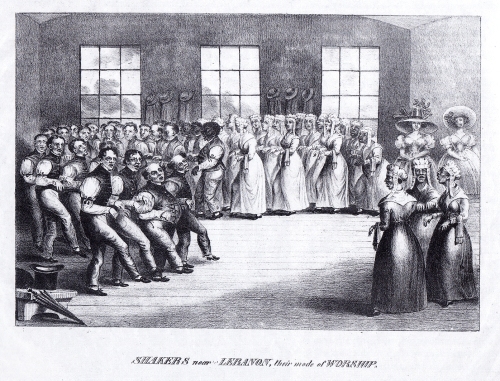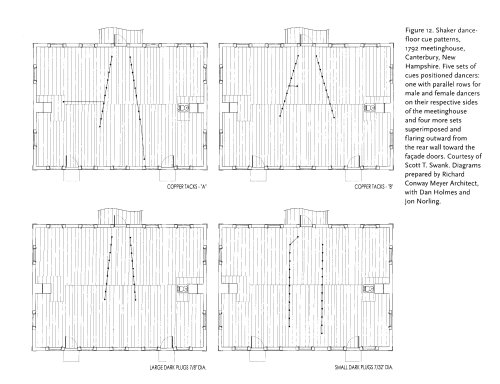
In 1976, four artists from England—Genesis P-Orridge, Chris Carter, Peter Christopherson, and performance artist Cosey Fanni Tutti—formed Throbbing Gristle to challenge the conventional music of their time. Their goal was to create a new type of music free from traditional structures. Previously, they had collaborated in the performance project COUM Transmissions, which disbanded after a controversial live performance of Prostitution in London, featuring public nudity and masochistic art. Influenced by avant-garde composers such as Karlheinz Stockhausen and John Weldon (J.J.) Cale, as well as 1960s bands like the Velvet Underground, Throbbing Gristle took music innovation further. They completely dissolved conventional song structures and introduced noise generators and oscillators as musical instruments for the first time. Their abrasive and antagonistic approach to music delved into themes of fascism, death, mutilation, and industrial decay, incorporating a cacophony of mechanical noise, tape loops, anti-melodies, and harsh beats. An English member of Parliament once referred to the group as the “wreckers of civilization.”
Listen to Throbbing Gristle below:
https://throbbinggristle.bandcamp.com/album/d-o-a-the-third-and-final-report
https://throbbinggristle.bandcamp.com/album/20-jazz-funk-greats
In the years that followed, Throbbing Gristle released several albums that left many of their contemporaries perplexed. However, the adventurous and rebellious spirit of bands like Cabaret Voltaire, SPK, and Einstürzende Neubauten drew inspiration from Throbbing Gristle, leading them to create their own innovative sounds. By the late 1970s, Throbbing Gristle established the Industrial Music label, giving birth to a new genre known as “industrial”. In 1981, believing they had accomplished their mission, Throbbing Gristle disbanded.

The existence of the band was as much rooted in conflict as it was experimentation. In her memoir Art Sex Music, Cosey Fanni Tutti described at length an abusive relationship with fellow Throbbing Gristle member Genesis P-Orridge. “There was a lot of turmoil, emotionally and personally [in the group],” she said. “The music was like an outlet for that because it was–and it’s a bit of a cliché–the sum of the parts being greater than the whole. None of us really knew why it worked so well, but once we got into the studio, we just had a great time. But then once we were out of the studio, we were tearing each other apart. It was the best of times, and it was the worst of times.”

After Throbbing Gristle ended, several other industrial acts continued to develop the new musical genre. Furthermore, former members Chris Carter and Cosey Fanni Tutti went on to form the group Chris & Cosey and the record label CTI.
This according to The Gothic and dark wave lexicon: The lexicon of the black scene (2003). Find it in RILM Music Encyclopedias.




















